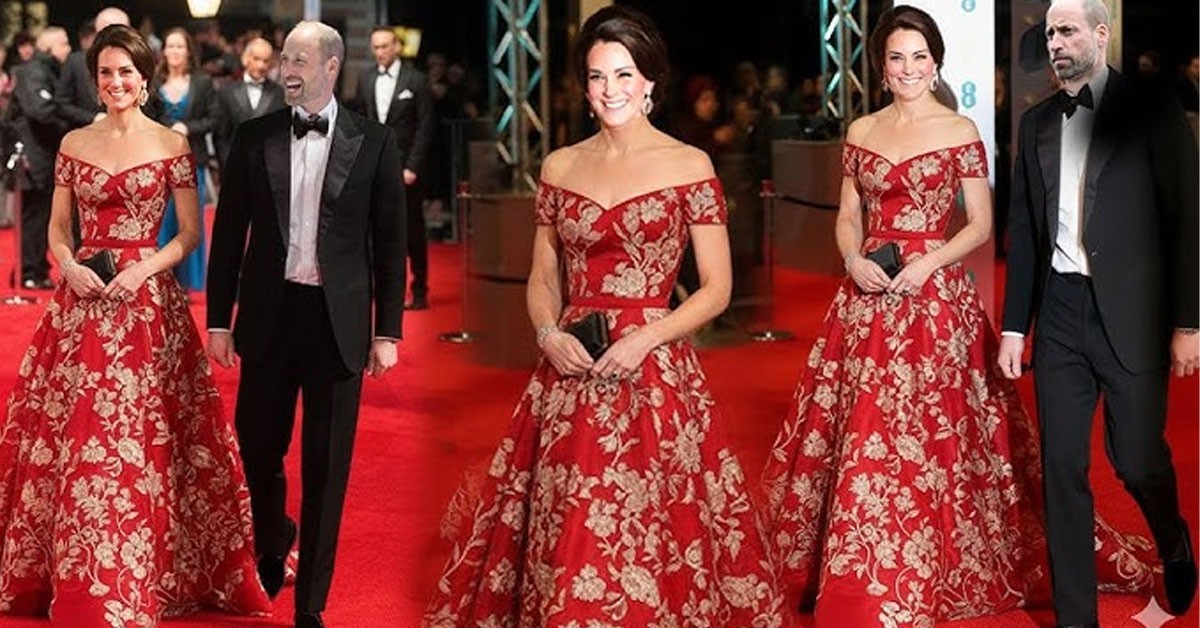

The decree, co-signed by King Charles and Princess Anne, outlines a new power structure within the monarchy that has left many observers stunned. For the first time in modern royal history, a queen consort's name has been omitted from such a significant official document, raising eyebrows and prompting speculation about the underlying motivations. Insiders have confirmed that this omission was intentional, marking a historic moment in the monarchy's evolution.

In a surprising twist, Princess Catherine has been elevated to a pivotal pivotal role within the royal family. This move is seen as a strategic decision by King Charles, who appears to be placing his trust in Catherine as a representative of the monarchy’s future. Known for her poise and compassion, Catherine has been increasingly visible in royal duties and public engagements, embodying the qualities that many believe are essential for the monarchy's relevance in the modern era.
The absence of Queen Camilla’s name from the decree raises questions about the dynamics within the royal family. Traditionally, the queen consort’s name is included in such documents, making this omission particularly striking. It suggests a deliberate shift in power, potentially reflecting deeper rifts within the family. Courtiers are questioned about the implications of this decision, as it may signal a new era where loyalty and influence are being reassessed.

As the fallout from this decree continues to unfold, rumors of tension within the royal family are mounting. Eyewitness accounts suggest that Princess Anne was seen leaving the palace visibly upset after delivering what has been described as a "final, stern warning" to both Queen Camilla and King Charles. This incident underscores the emotional stakes involved and hints at the personal conflicts that may be involving the broader power dynamics at play.
The implications of this new decree extend beyond immediate family concerns. As Princess Catherine steps into her new role, many are watching closely to see how her influence will shape the monarchy's future. With a focus on modernizing the royal image and addressing contemporary issues, Catherine represents a shift towards a more relatable and compassionate institution. Her growing prominence may signal a new chapter for the British monarchy, one that prioritizes connections with the public and a forward-thinking approach to royal duties.

